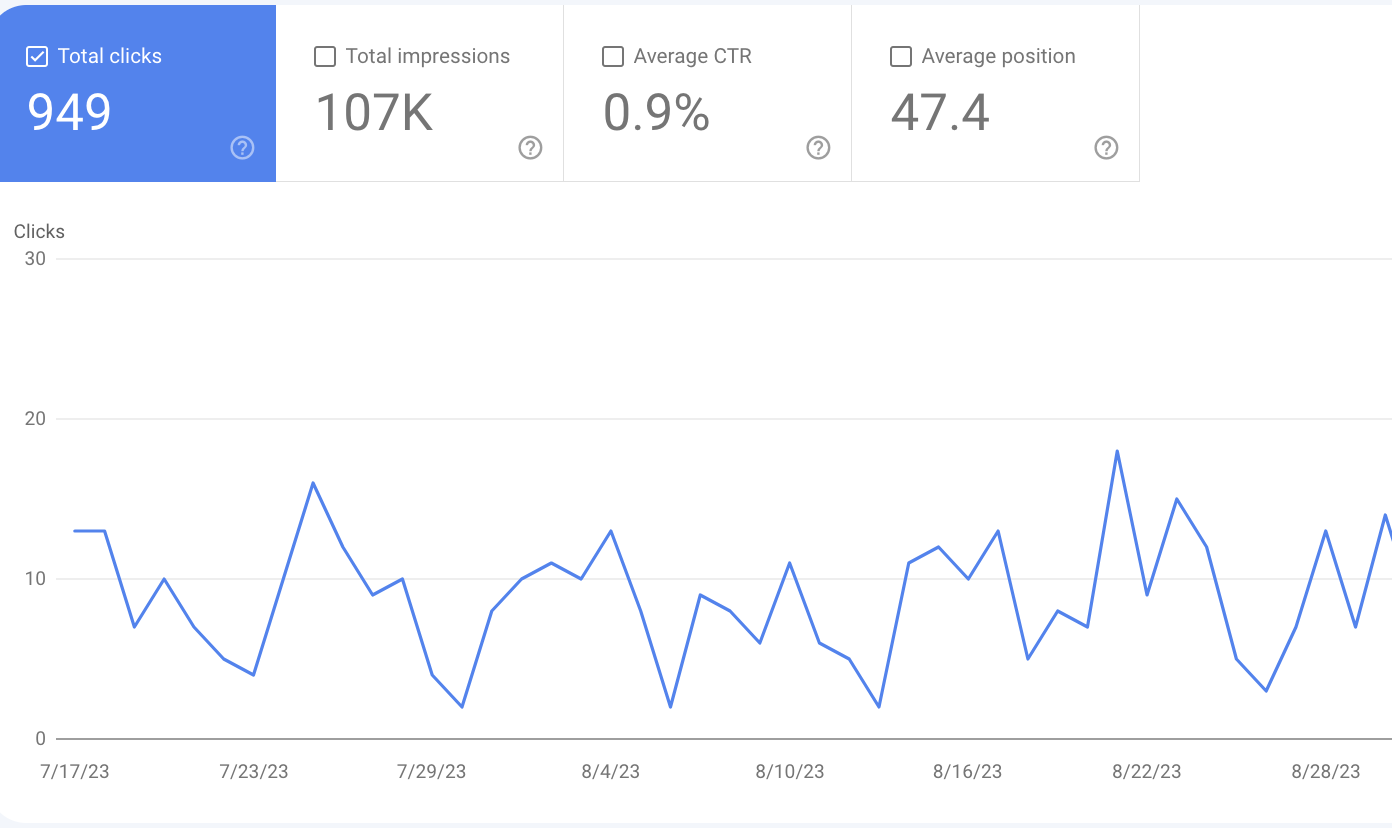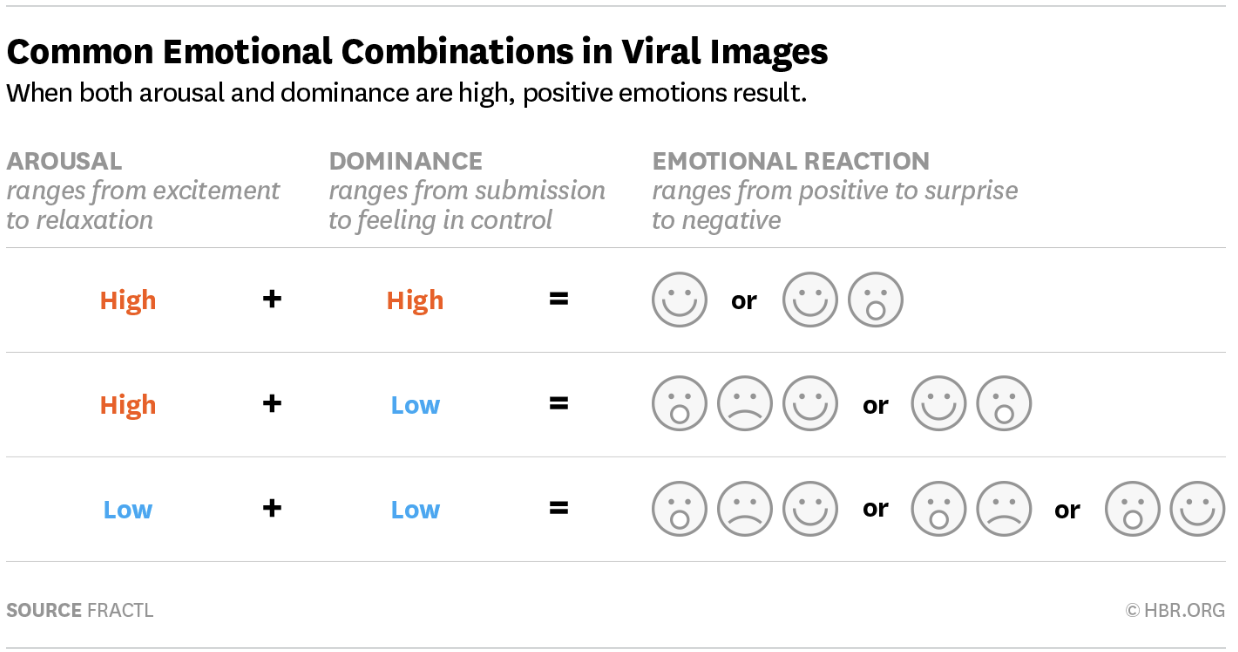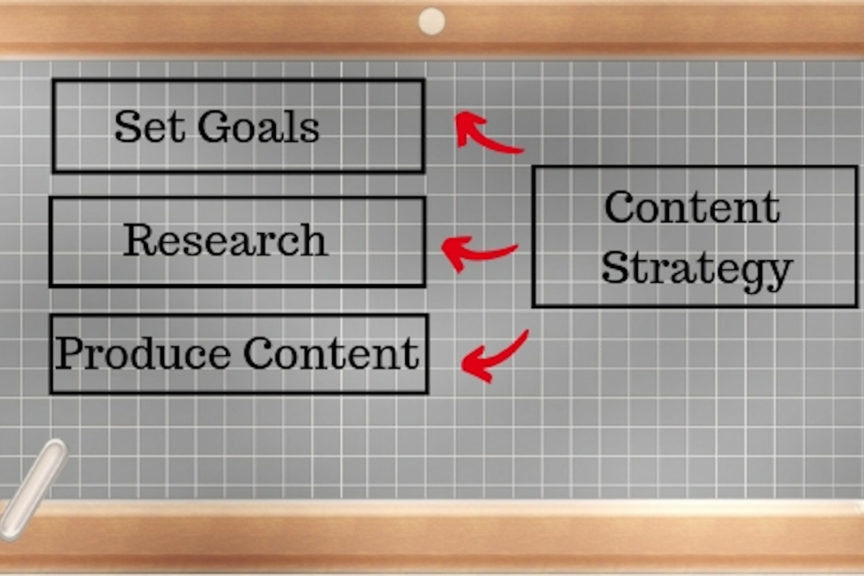They say first impressions are everything. So why do so many companies write boring blog titles?
You’ve probably seen blog titles like this in the past:
- 7 Tips to Master Content Marketing
- The Ultimate Guide to Writing HTML Code
But imagine what a few simple changes can do to a boring headline, such as:
- REVEALED! 7 Secret Tips to Content Marketing No One Knows
- The Idiot’s Guide to Writing HTML Code in 10 Minutes!
A memorable, well-written blog title has a few important roles:
- Catches and keeps the reader’s attention
- Tells readers what the work is about
- Gives readers a call to action they can use to improve their lives in some way
Most other guides will tell you the secret to writing a killer blog title is having the right keywords and character counts.
While that’s certainly true, this formula is often not enough to get people to actually click on your blogs.
1. Use Trigger Words
- Busted
- Revealed
- Shocking
- Confessed
These are all words that immediately trigger intense arousal and excitement upon seeing them.
It’s why tabloids have used trigger words like this for years to sell more magazine copies.
Studies published in Harvard Business Review support the notion that emotional phrases that combine arousal and dominance are associated with the highest positive emotional response and action.
With literally hundreds of trigger words available, we’ve written a few tips to properly harness them in your next headline.
- Begin a headline with a startling trigger word: “REVEALED: How SEO Companies Actually Build Links.”
- Use a powerful adjective to punch up a title: “7 Startling Facts that Prove Why Dogs Are Better than Cats.”
- Capitalize trigger words to draw the reader’s attention to a headline: “7 SIMPLE Tips to Begin Writing HTML Code in Minutes.”
2. Use Numbers for Easy Information
Unfortunately, most readers won’t read the entire page you write.
Often, they’ll scroll through to find little facts that they need or ideas for inspiration.
Numbering your page simplifies the task for readers by breaking large chunks of information into small, consumable pieces.
Doing so with your blog titles makes people more likely to click on and share your articles.
Boring Examples
- How to Write Headlines that Convert
- Common Mistakes When Hiring a Contractor
Exciting Examples
- 11 Easy Tips for Writing Headlines that Actually Convert
- 15 Things Your Contractor Won’t Tell You
| Odd numbers have higher conversions…
Studies from HubSpot and Outbrain found that headlines with odd numbers had a 20% higher click-through rate (CTR). |
3. Use the First Person
Research supports the notion that people crave narrative-driven storytelling when consuming online content.
Scientists have even found that narrative-driven stories promote oxytocin synthesis in the brain. As a result, people who listened to stories told by charities were more likely to donate.
It goes to show that brands that tell powerful stories are more likely to see conversions.
One way to engage in better storytelling is to shift your focus from the third-person to the first-person [Learn More: Your Guide To Writing Thought Leadership Content].
For example, replacing boring and sterile third-person headlines with first-person headlines appeals more to readers’ emotions.
Boring Example
- 25 Common Grammar Mistakes Everyone Makes
Exciting Example
- How I Overcame My Passive Voice and Fixed 25 Other Mistakes
| Evidence: Authorship Matters to Search Engines
Though Google has never stated that Author Authority is a ranking factor in its algorithm, evidence has shown that Google does take a close look at author reputation when developing its Knowledge Graph. Therefore, writing more content in the first person or with an author tag may contribute to higher rankings in the future. |
4. Use a Simple How-to Formula
You don’t need to wrack your brain when it comes to writing a successful blog title.
Believe it or not, there are actually “formulas” for successful headlines that are incredibly simple.
The most common formula is a “how to” formula with a simple explanation that communicates what an article is about.
“How to” Examples
- How to Write Emails with Open Rates >50%
- How to Replace a Tire in 15 Minutes
- How to Write a Blog Title in 7 Different Ways
Combine the tips we provided before to create an amazing blog title formula you can use over and over.
Example Formula = Trigger Word + How to + Number
- Eureka! How to Research Keywords Using 5 FREE Tools
Change the formula however you want to achieve the result that drives the most clicks.
5. A/B Test What Works
Of course, you won’t always be able to tell what works best without performing A/B tests.
A/B testing allows you to run two simultaneous headlines or test one headline after another for a fixed period (such as a month) to see what drives the best results.
To accomplish this, you’ll need access to Google Search Console or a reputable SEO analysis tool to see what blog titles are driving the best click-through rates compared to other titles.
 6. Use Keywords Strategically
6. Use Keywords Strategically
Keyword research is still a crucial part of your SEO strategy. Embedding a keyword into the first 60 characters of your title will help to index and rank it for specific searches.
| Reminder: Title tags over 60 characters will be truncated in Google’s SERPs. |
Besides embedding keywords into the body of each blog post, some platforms allow you to tag specific labels so users can search for specific posts or topics of interest within your blog.
7. Use SERPs for Inspiration
Finally, if you’re looking for inspiration, you can turn to Google SERPs to see what drives the most clicks from a user and search engine perspective.
Look at the formatting of each blog title to see what specific promises and keywords rank the highest for broad tail searches.
There are also plenty of content analysis tools that can help you discover new topics and headline ideas using strategic keywords.
Writing blog titles is a critical part of your SEO performance. Create a formula and follow the tips listed above to create blog titles that gather more clicks for your website.
FAQs
What is the ideal length for a blog title?
The best length for a blog title is under 60 to 70 characters, as this ensures the title will not be truncated in SERPs. A title over 60 characters will still be indexed and ranked, but it may impact clicks.
Are clickbait titles a good strategy?
Clickbait titles may initially attract clicks, but if they are done deceptively, they will harm trust in your brand.
What are some common mistakes to avoid in blog titles?
Common mistakes include:
- Vague wording
- Deceptive headlines
- Too long of titles

 Source: HBR.ORG
Source: HBR.ORG

